

Josh Nevett
3 Days Ago

News Editor
General Motors says Cadillac’s transition to electric vehicles (EVs) has made it a lot easier to bring the brand – and a wide range of products – to Australia.
Executives wouldn’t confirm any specific vehicles beyond the Lyriq, but indicated there’s plenty to choose from.
“With the Cadillac portfolio that we’re developing, it gives us a lot more access to the full portfolio of vehicles. If there’s consumer demand, I would love to bring all of them there,” said Shilpan Amin, senior vice president and president of GM International, to Australian and New Zealand media.
“There’s multiple Cadillac entries, there is a full portfolio. If you think of a lux 3, lux 4, lux 5, a full-size SUV. And potentially some sedans in the Cadillac portfolio that we’ve shown publicly.
“We continue to evaluate those.”
100s of new car deals are available through CarExpert right now. Get the experts on your side and score a great deal. Browse now.
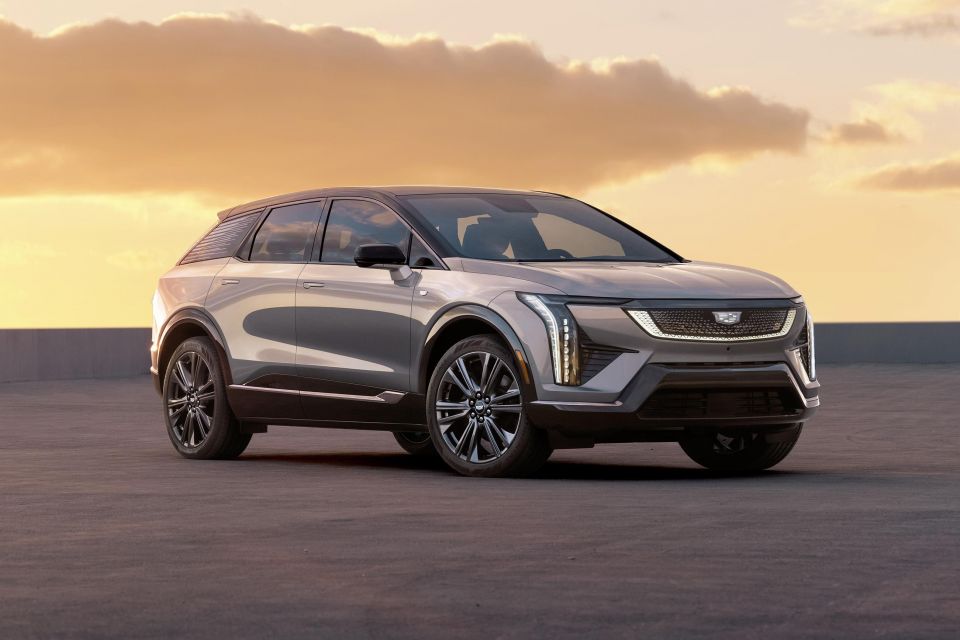
“We are making announcements next year on expanding our Cadillac portfolio. This is the first in what will be a portfolio for us – not a massive portfolio, it’s never going to be massive. But it’ll be a portfolio for us,” said Lauren Indiveri-Clarke, communications director for GM International.
It has previously indicated announcements for the second quarter of 2025, or around mid-year.
GM has confirmed Cadillac will have an EV-only lineup in Australia. Beyond the Lyriq, confirmed for an Australian launch this year, Cadillac has also revealed the slightly smaller Optiq SUV, as well as the larger, three-row Vistiq.
There’s also the flagship Escalade iQ. All three nameplates have been trademarked in Australia.
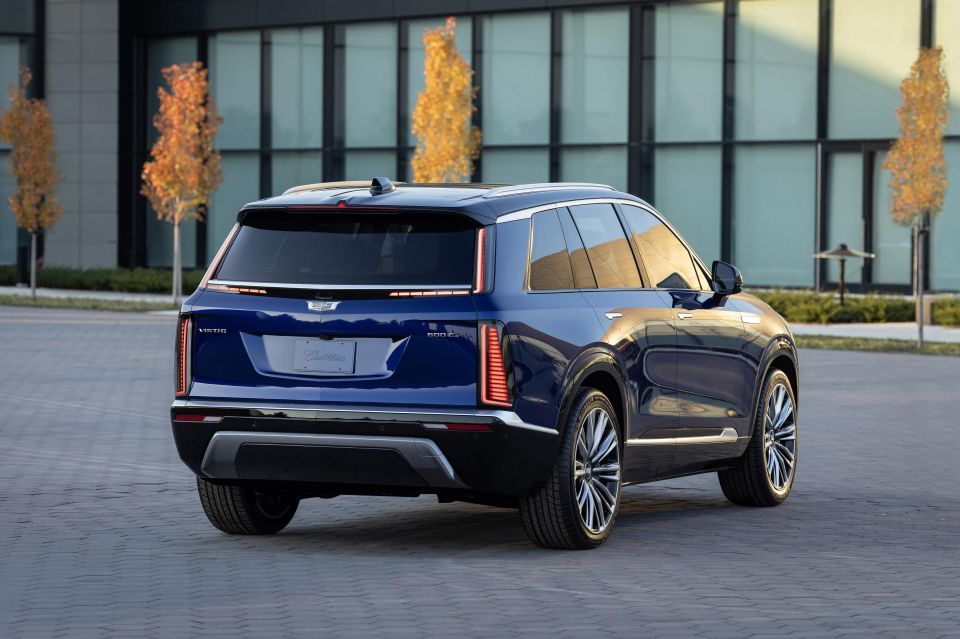
Notably, Cadillac hasn’t revealed any electric passenger cars yet apart from the ultra-luxury, hand-built Celestiq liftback, which won’t be built in right-hand drive.
Cadillac has been rumoured to be working on an electric sedan or sedans to replace its current CT4 and CT5, which are pitched as its rivals to the Audi A3 and BMW 3 Series, respectively.
The first challenge for Cadillac in Australia will be rolling out its debut model, the Lyriq.
Cadillac is employing a direct to consumer model and selling vehicles itself through experience centres, with just two Australian cities – Sydney and Melbourne – confirmed to be getting one at this stage.
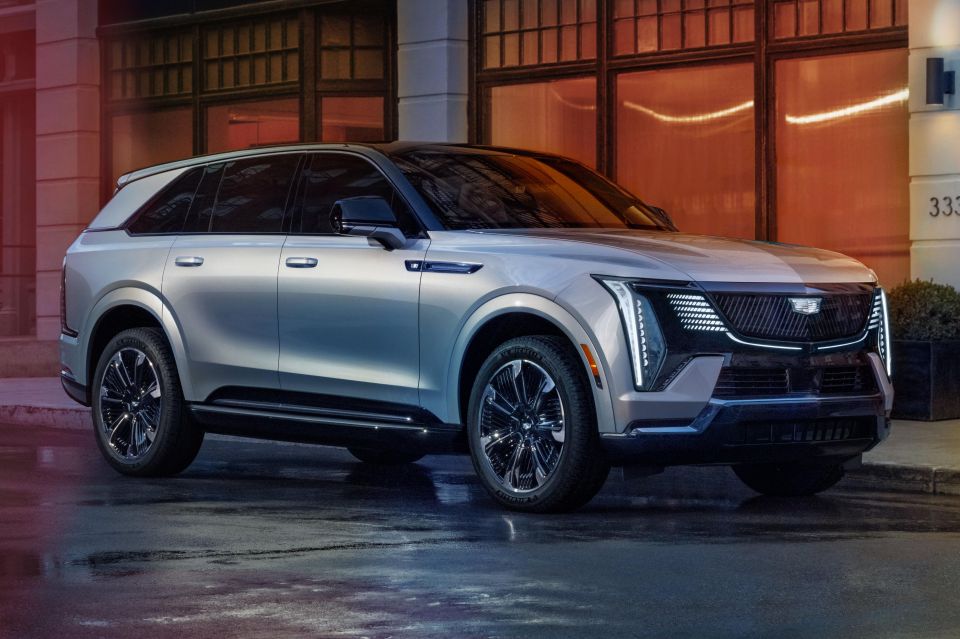
Customers in other states will be able to order the electric BMW iX rival online.
“The flexibility we’ll have under the customer experience centres and then the technology that will come along with the vehicle will give us the ability to move fast,” said Mr Amin.
“We’ll consider every Cadillac entry we have at the right time. I think right now it’s about bringing the Lyriq to market. We’ll test and learn.
“We’ll understand how great this Cadillac experience will be with a great product like the Lyriq and that will guide us into what’s next and when.
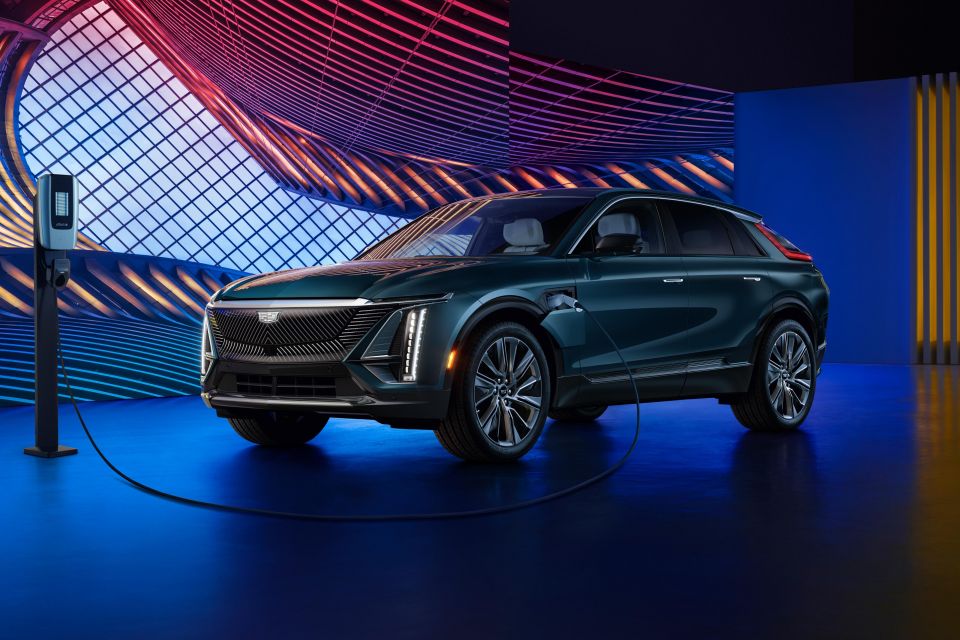
“We need the Lyriq to be successful, to continue the portfolio, but obviously, our vehicle development cycles are still pretty long. So you have to plan for these ahead of time.
“So there’s more to come already decided, we’re just not revealing those right now.”
Mr Amin warned that not all vehicles with Ultium underpinnings – which refers to vehicles using the same batteries and electric components, and not one specific platform – are suitable for all right-hand drive markets.
“Not all Ultium-based and not all products fit all markets as well. We’re purposely determining, what does the right portfolio for each of our markets look like and and then how do you enable all the requirements behind those market by market,” he said.
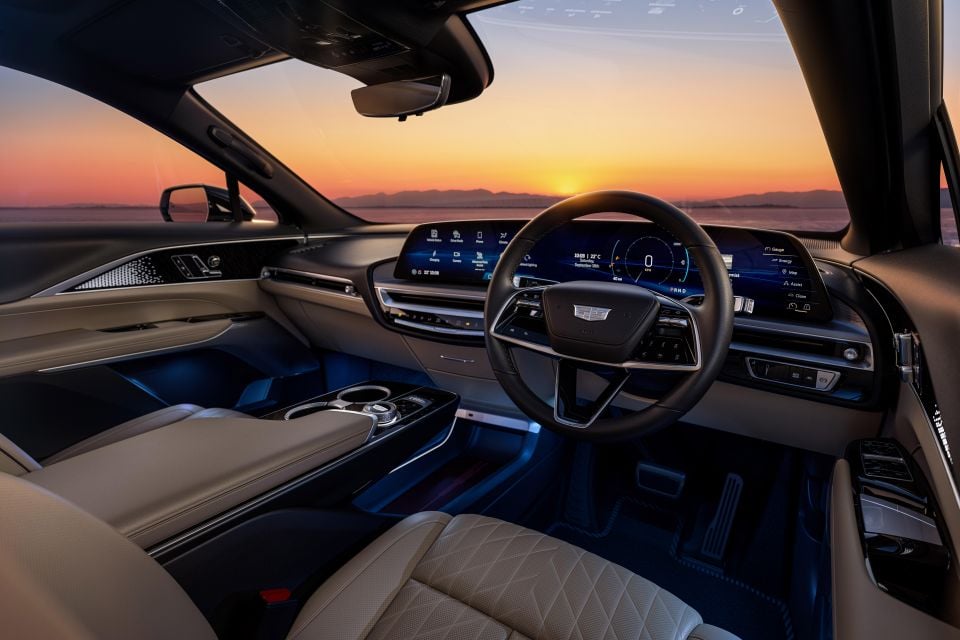
He also flagged the challenge posed by screens. The Escalade iQ, for example, has a pillar-to-pillar screen array, while the Lyriq and Optiq use a symmetrical curved display that makes it easier to build the cars in both LHD and RHD.
The Escalade iQ is also huge, measuring longer than the upcoming full-sized GMC Yukon and featuring a 200kWh battery. It’s arguably less of a lock for, say, the UK market than the brand’s other EVs, which would appear to cast doubt on whether it’ll be built in RHD.
The number of right-hand drive markets for Cadillac will be smaller than the number of left-hand drive markets, as it is for most brands.
“Volume always helps and I think with our entry into Europe and into the UK, it provides scalability to open up access to a broader portfolio,” said Mr Amin when asked whether Cadillac needs multiple right-hand drive markets.
There’s evidently no plan for Cadillac to just be a single-model brand in Australia, though.
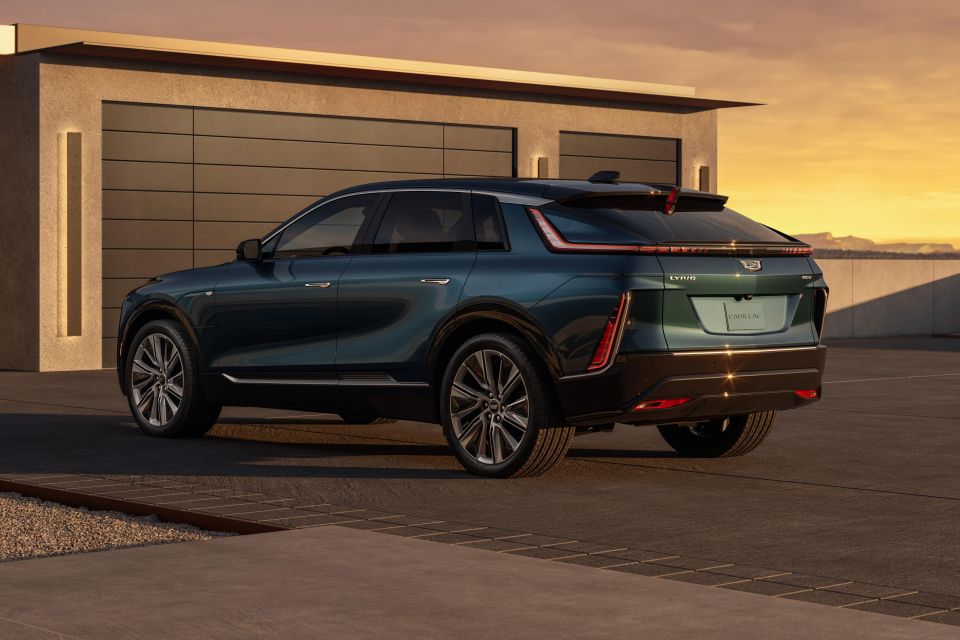
“…To build this customer base, whether it’s a small niche volume or a large-scale volume, you’ve got to be able to give them entries that over their lifetime they can have the right selection and so that includes multiple vehicles, multiple sizes,” said Mr Amin.
“Then we say strategically, we build that into a plan up front. And we think about that globally.”
So, how does Cadillac justify the expense of tooling RHD versions of its vehicles for a limited number of likely low-volume markets?
Executives explained it’s cheaper to engineer EVs for RHD than combustion-powered vehicles, and that it’s therefore easier to hit the bar where the expense of RHD engineering becomes economical.
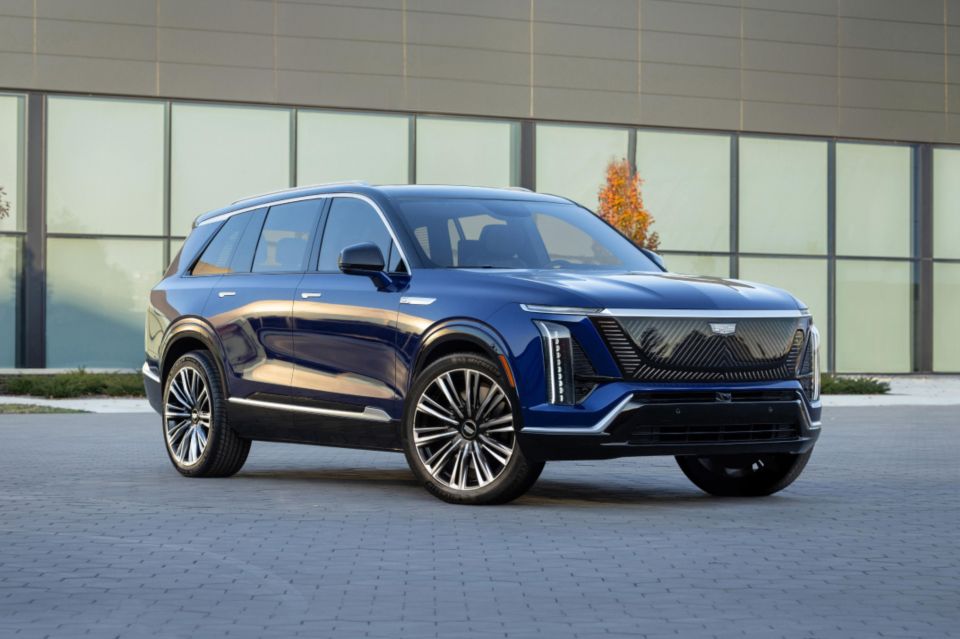
“When you took out the engine and transmissions, what was added into the engineering work in the past is, you had to do fuel out for each of those. You had to do engine calibration for each of those. You had to do certification and emission work for each of those,” he said.
“That’s where all the engineering work took place. All of that is gone in EVs and so the actual bar to hit that has significantly come down.”
Cadillac has thus far confirmed four right-hand drive markets: Australia, New Zealand, Japan and the UK.
It says Australia will likely be the second highest-volume of those behind the UK, but hasn’t publicly disclosed any sales targets other than to say the brand will sell in “exclusive” volumes.
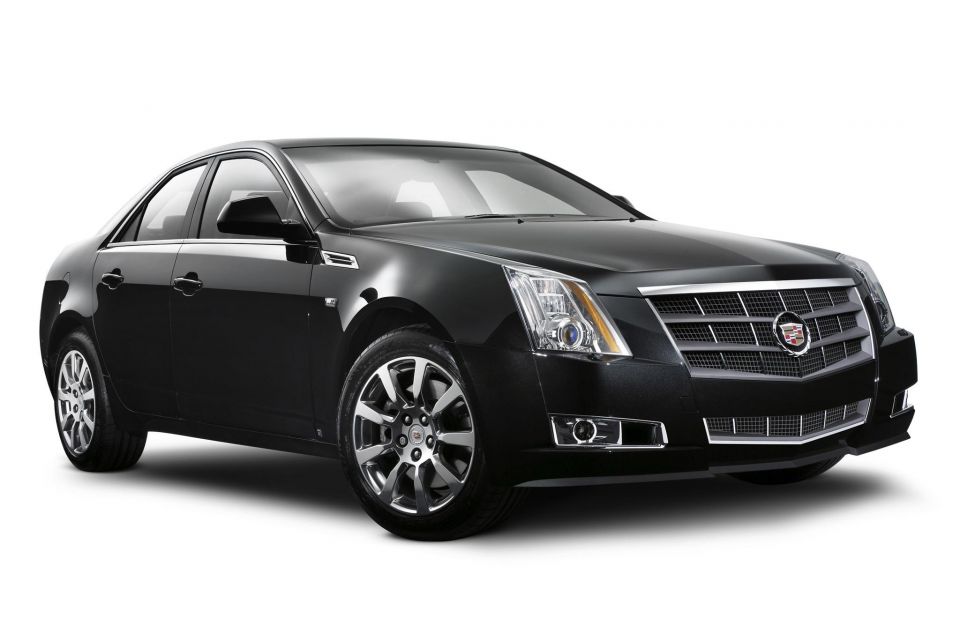
Cadillac almost came here around 15 years ago, before its local launch was cancelled at the 11th hour.
It officially announced the launch of the second-generation CTS in 2007 and obtained local certification for its sale, with multiple dealers signing up to carry the brand which would have been sold alongside Hummer and Saab models.
GM even imported several dozen CTS sedans, only for them to be diverted as the company cancelled plans to sell the brand in January 2009 just weeks before they were due to go on sale.
While Cadillac at the time produced the CTS, SRX and STS in right-hand drive, all of which were based on the brand-exclusive Sigma rear/all-wheel drive platform, their replacements were left-hand drive only.
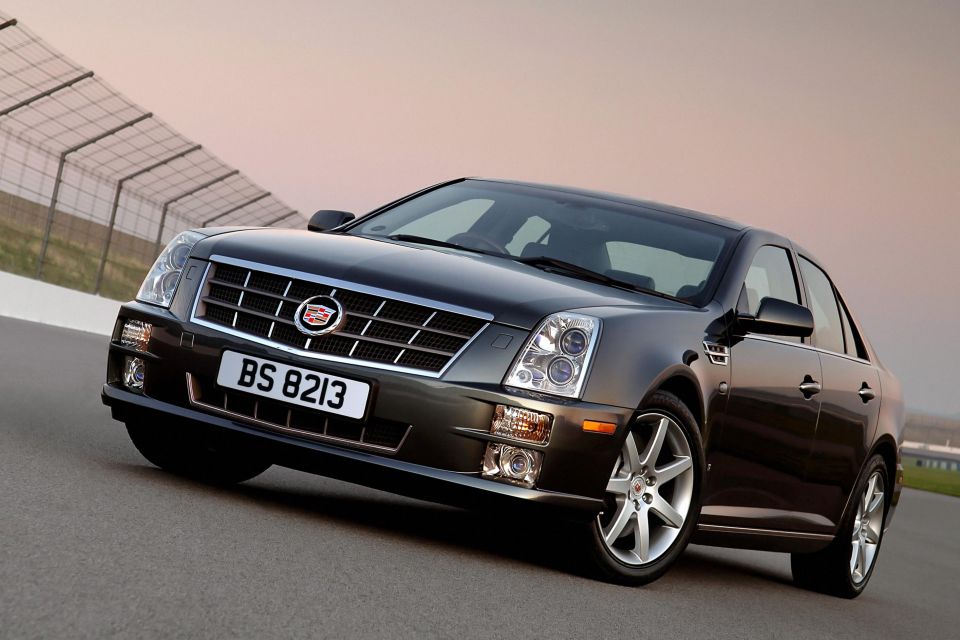
Cadillac hasn’t produced any other right-hand drive vehicles up until the Lyriq, which was designed from the outset to be built in both LHD and RHD.
“I think it was made quite some time ago,” Cadillac global vice president John Roth told Australian media last year when asked when the decision was made to bring the brand to Australia.
“Because of the right-hand drive, it goes back to… Mark Reuss and that 2015 timeframe when they all came together to re-architect what the future of Cadillac was going to look like not just in the US but around the globe.”
Mr Roth noted 2015 was the year GM looked at reimagining Cadillac as a global luxury brand to battle the German ‘Tier 1’ brands.
MORE: Everything Cadillac MORE: How big screens are complicating GM’s right-hand drive plans
CarExpert does the hard work to get you the best price. No negotiating, no hidden costs, just expert help and real savings on your next new car.
William Stopford is an automotive journalist based in Brisbane, Australia. William is a Business/Journalism graduate from the Queensland University of Technology who loves to travel, briefly lived in the US, and has a particular interest in the American car industry.


Josh Nevett
3 Days Ago


Max Davies
3 Days Ago
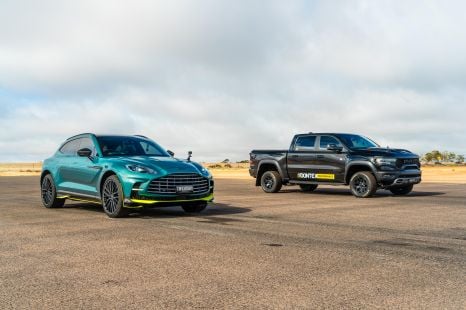

Paul Maric
3 Days Ago
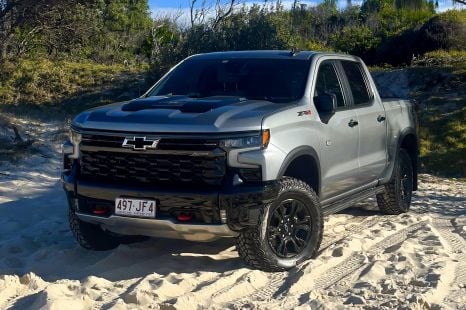

William Stopford
3 Days Ago
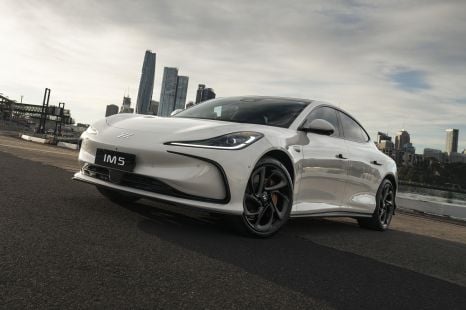

William Stopford
2 Days Ago


James Wong
21 Hours Ago